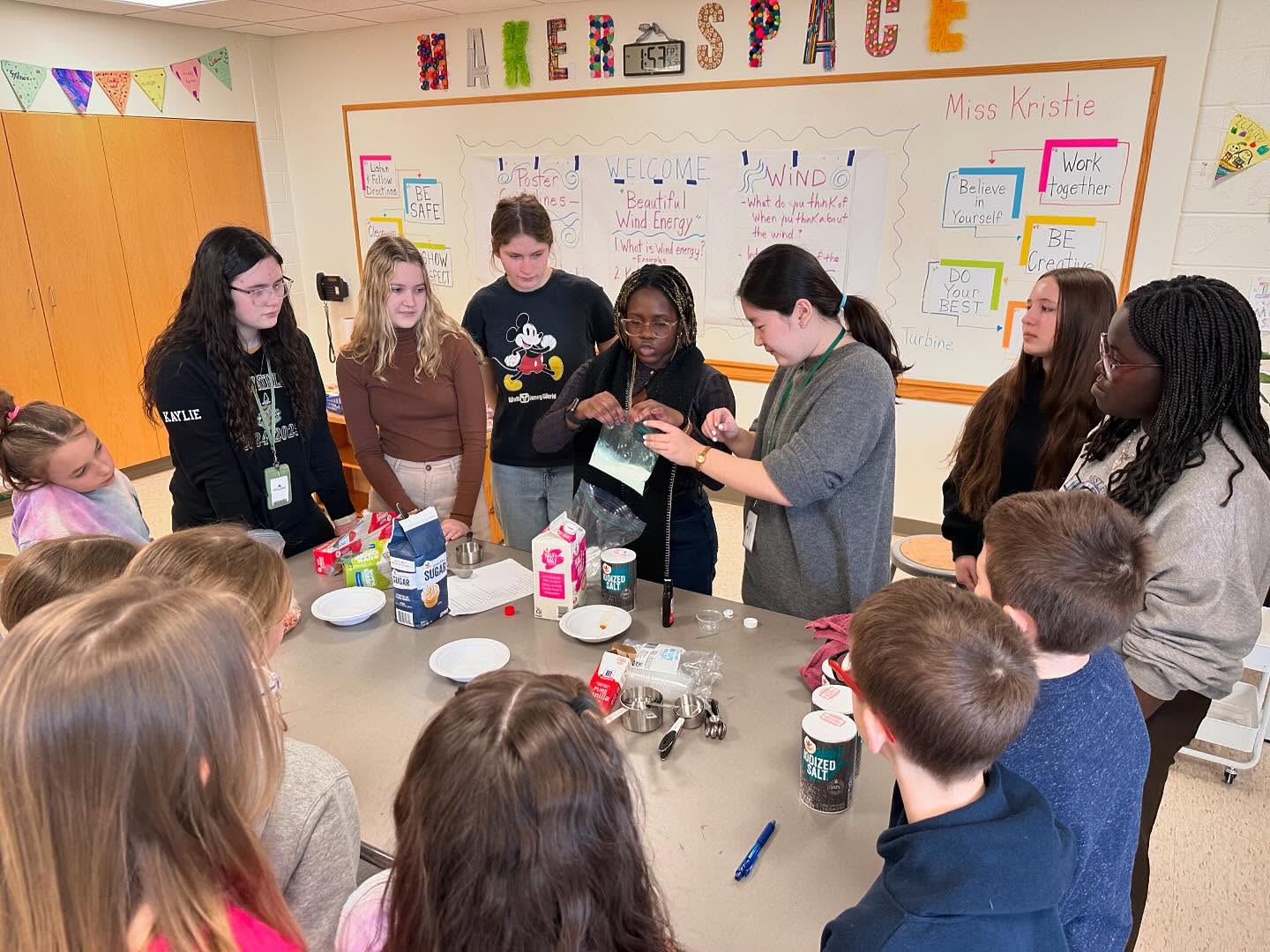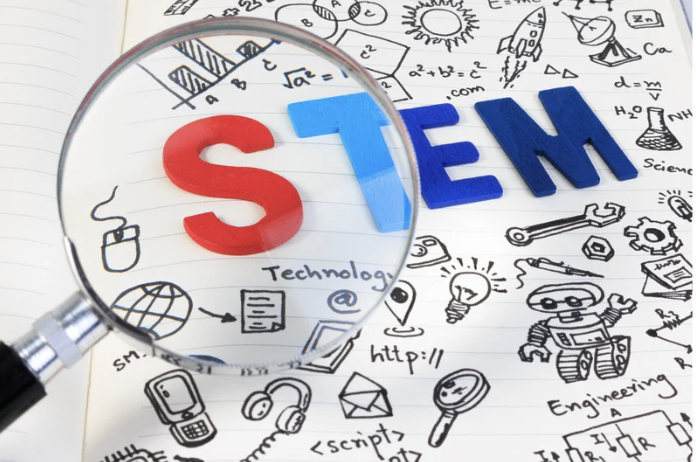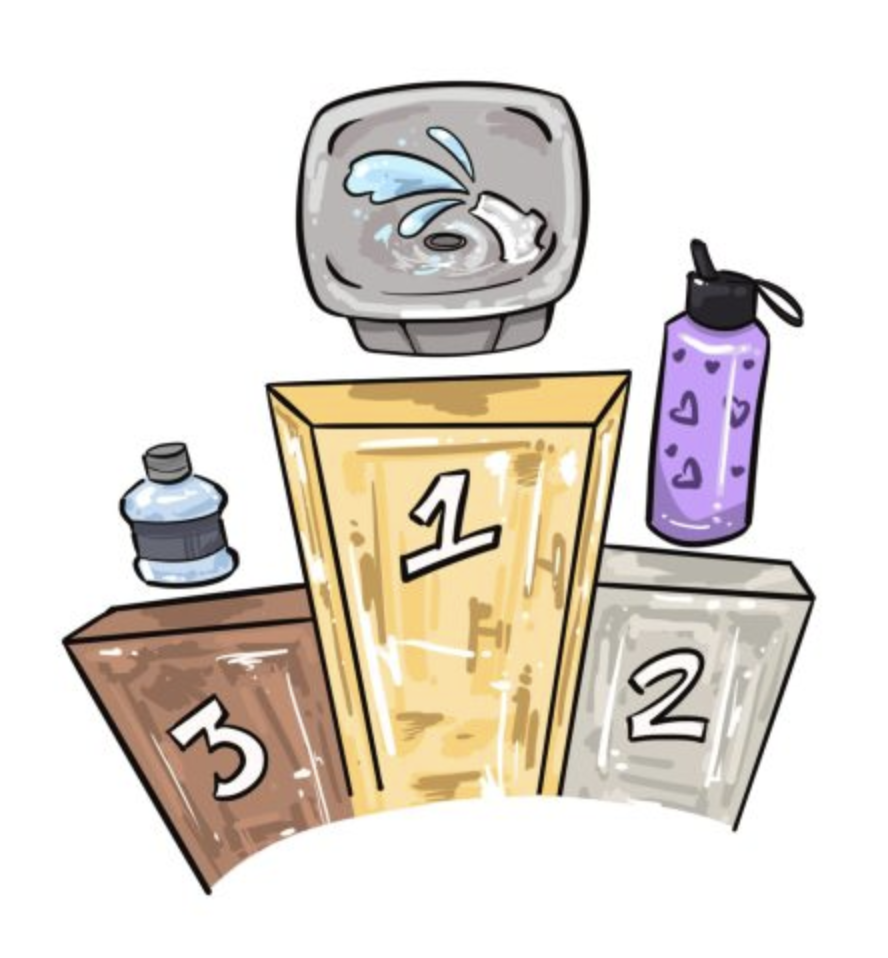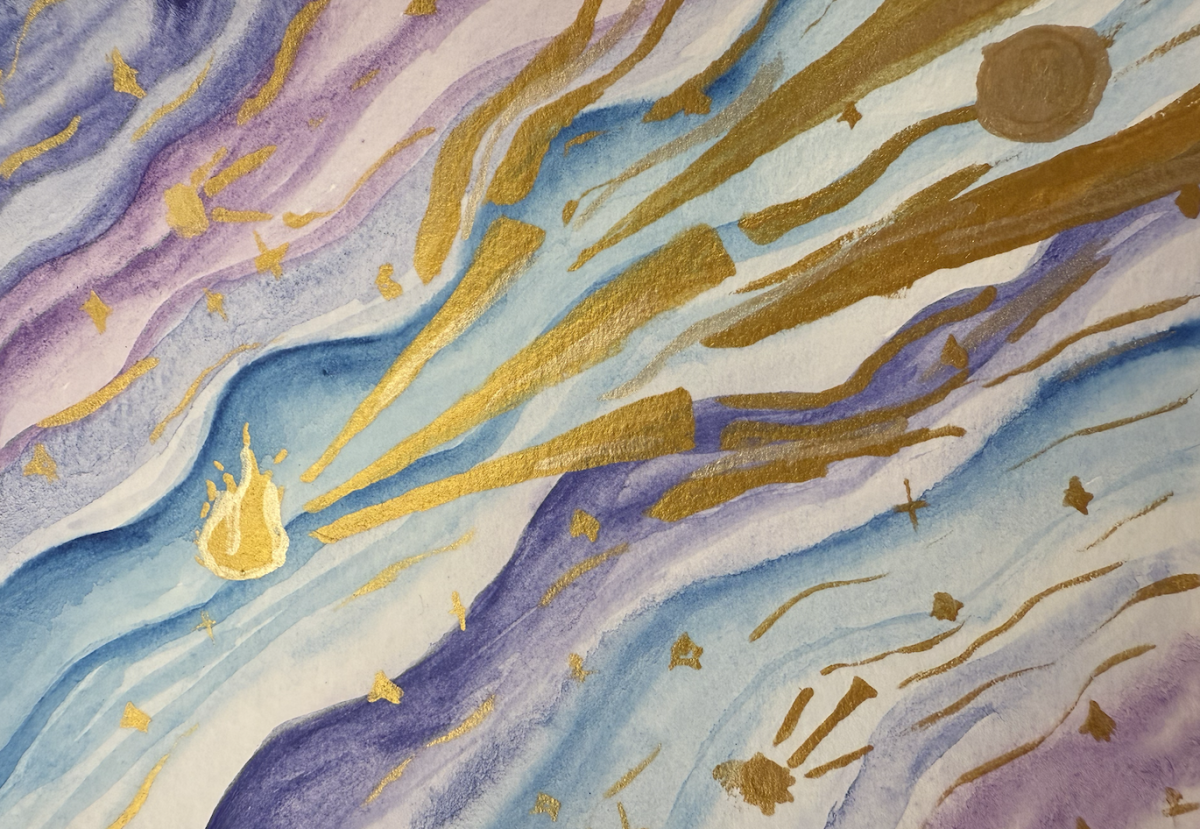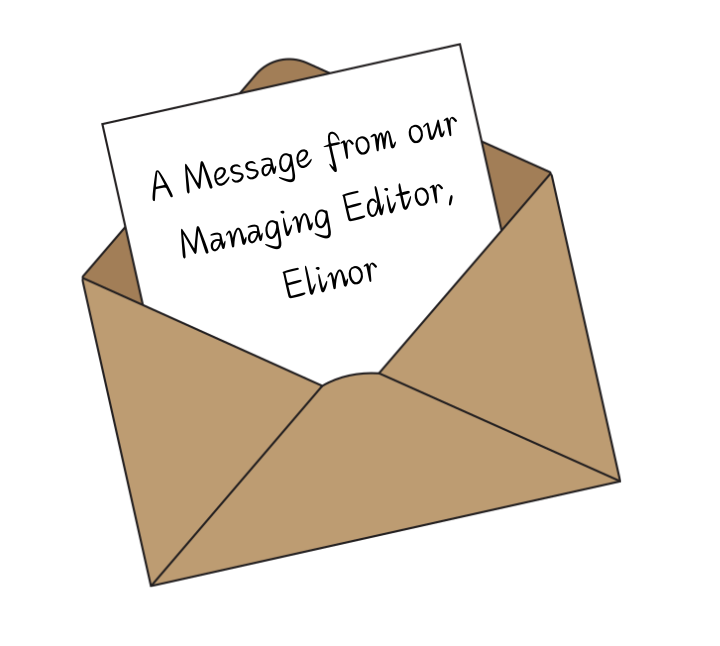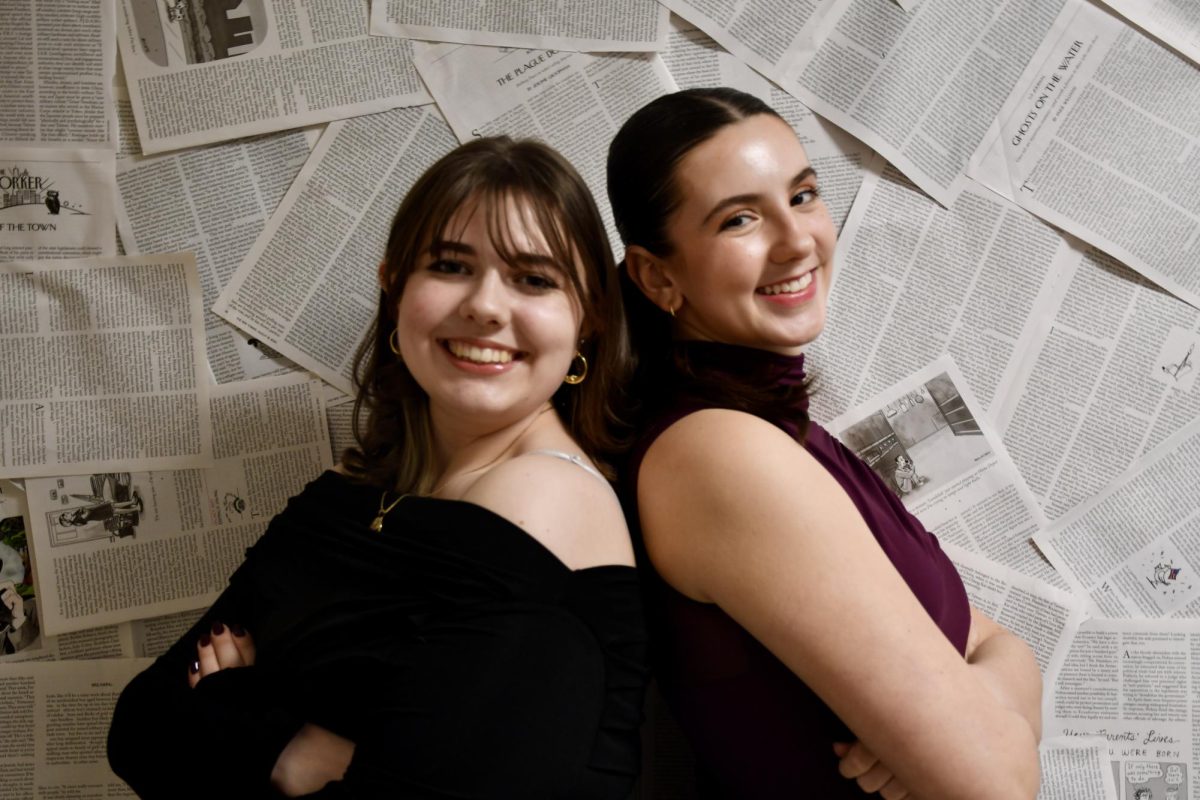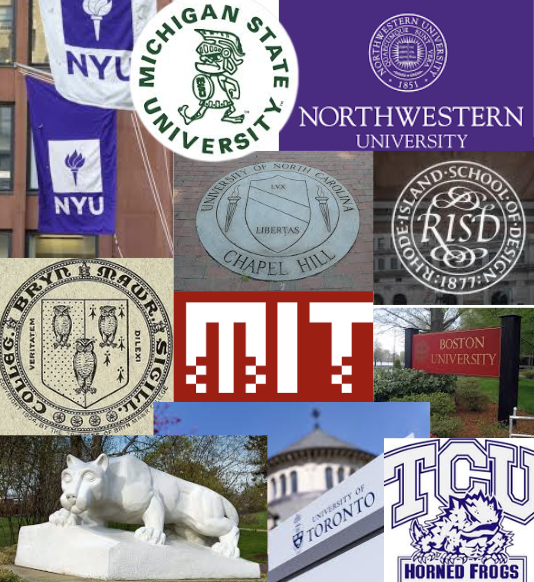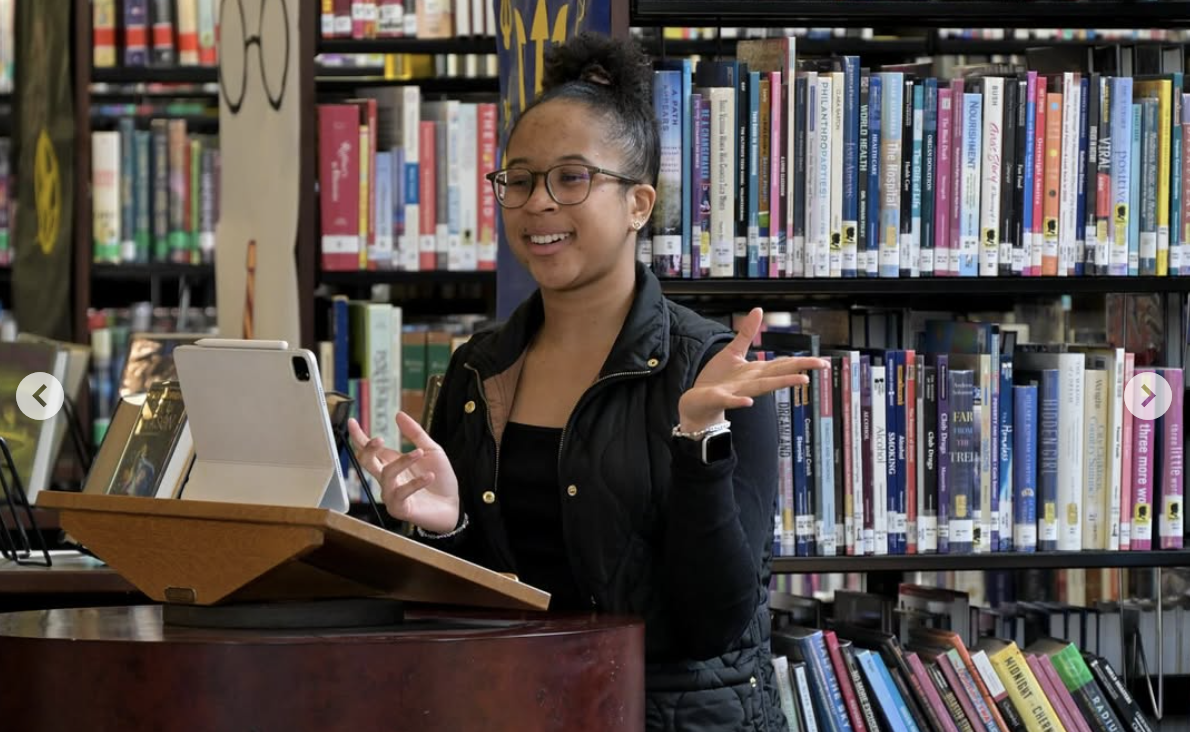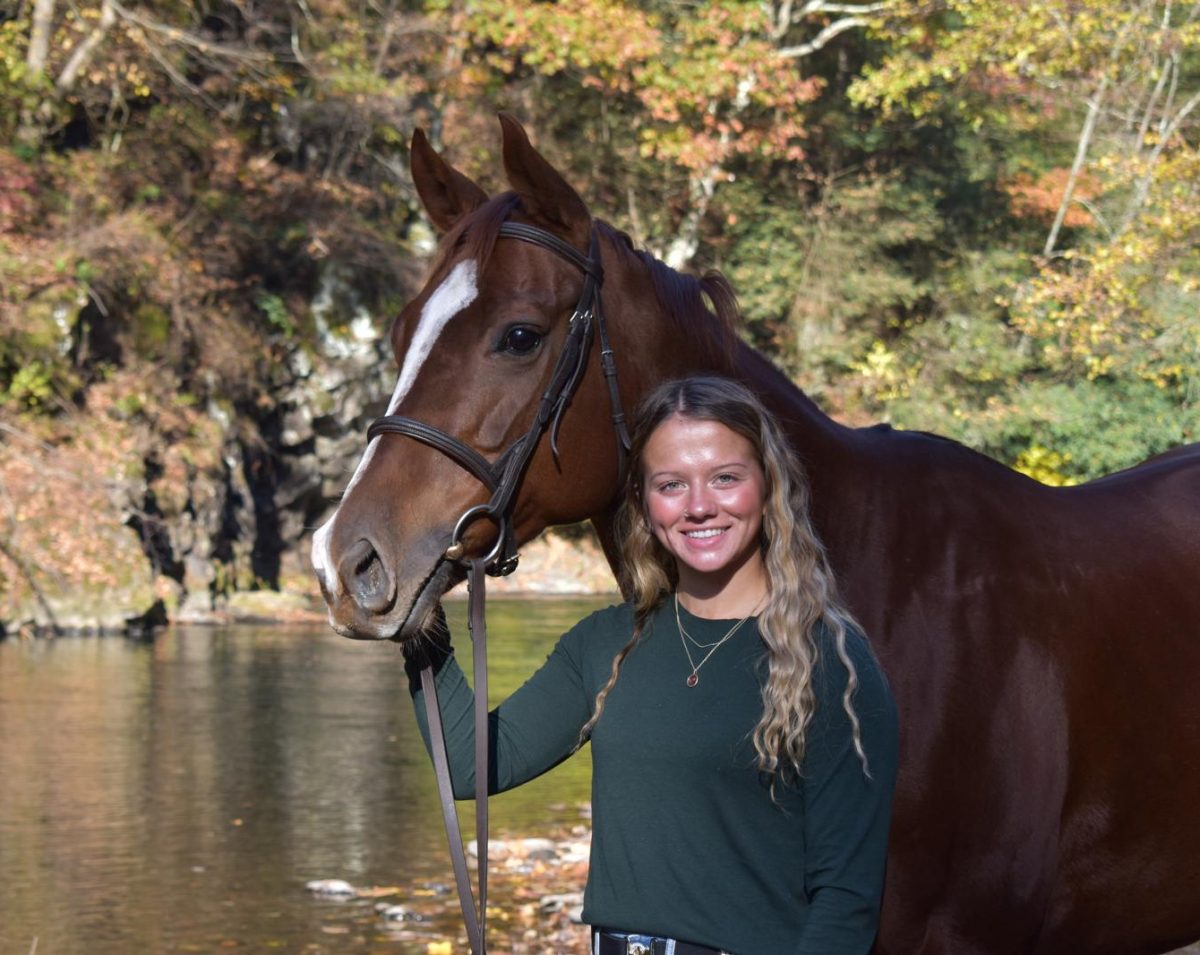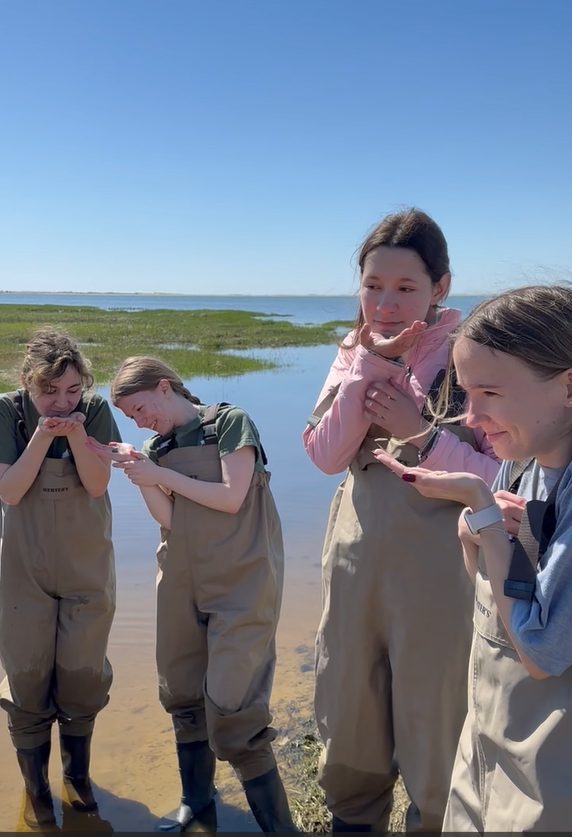By its definition, ice cream is an emulsion; which, in chemistry, is two liquids that normally cannot be combined like oil and water. However, this chemistry phenomenon is possible, creating one of the most delicious desserts. As the field of science is expanding, more complicated chemical reactions have been discovered recently.
Prior to the 1970s, it was believed that women and STEM couldn’t mix. But despite all the forces working against it, women today are involved in science, technology, engineering, and mathematics, making outstanding contributions to our society. Just like the way sugar, milk, and fats come together to make ice cream—women and STEM mix together to make exceptional inventions and discoveries.
As part of the effort to inspire young students in STEM, Grier’s Engineering Club hosted a Zoom call with Harvard engineer Dr. Kelly Miller. She spoke with students on Friday, February 21st in order to celebrate “Introduce a Girl to Engineering Day.” Dr. Miller has her Ph.D. in Applied Physics, which she received from Harvard in 2015. She shared her experience of becoming a Harvard professor, then teaching middle and high-schoolers in different parts of the United States and Canada. Dr. Miller is currently teaching interactive and project-based courses in Physics and Engineering.

While talking to the students, she read them a book about the “reverse classroom” idea. A reverse classroom is where students listen to lectures for homework and do experiments in the classroom. This approach allows for more interactive and engaging classes. The reverse classroom space also included movable whiteboards and desks so students could talk and interact about their work. Seventh grader, Kaylie McCabe, said, “it’s a very inclusive space.”
The focus on interactive learning that Dr. Miller emphasized was echoed by the Grier Engineering Club’s own approach to education in STEM. On Friday, February 28th, the Club traveled to local Penn-Mont Academy, introducing third-graders to the magic of STEM through hands-on experiments. Using simple but engaging activities, they demonstrated the ways science is embedded in everyday life. The students learned how to make ice cream in a bag and blow up balloons with a simple chemical reaction, all while exploring the principles behind these experiments.
 President of the Engineering Club, Demi Alade explained how they used ice cream to show “rudimentary concepts of chemistry to third graders.” If you want to perform the reaction at home, you can find the recipe to the side.
President of the Engineering Club, Demi Alade explained how they used ice cream to show “rudimentary concepts of chemistry to third graders.” If you want to perform the reaction at home, you can find the recipe to the side.
Using salt lowers the ice’s melting point, making it even colder. Then, shaking the cream and sugar allows the ice molecules to get smaller and smaller. At the same time, air is incorporated, adding in the “cream” part of the desert. This is called an emulsion–the combining of all these particles into one cohesive mix.
In the scenario that a third grader would need to blow up a balloon, but doesn’t have an air pump, the Engineering Club also demonstrated a convenient and scientific household fix. Many people have already experimented with this acid-base reaction that combines vinegar and baking soda when creating homemade volcanoes. A key part of the experiment is that the reaction releases CO₂ (Carbon Dioxide). As CO₂ is the same gas that we breathe out, it fills up the balloons with the same material, just without wasting any precious air from your lungs.
NaHCO₃ (baking soda) + HC₂H₃O₂ (vinegar) → CO₂ (carbon dioxide) + H₂O (water) + NaC₂H₃O₂

The club used these simple experiments to display how science is involved in everything, and to prove its many applications. We breathe out carbon dioxide every day, but you can make the same substance in a fizzy explosion. Everyone has had ice cream, and now, you can notice the lowered melting point needed to create it. As Alade said, “Science is kinda cool, and we get to study all these cool things that happen around us.
Although making ice cream and blowing up balloons is undeniably fun, there was an underlying reason for this day filled with fun hands-on experiments. The Engineering Club’s visit to Penn-Mont Academy was driven by something much more meaningful: inspiring young girls to get involved in STEM. Alade knows firsthand the challenges that girls face when pursuing science, engineering, and other areas of STEM. “The main thing that inspired me was expanding STEM education for the girls,” Alade said. “When I went to school in Nigeria, there was a lot of pushback on my interest in STEM studies. A lot of my male teachers told me that engineering and these things were not meant for girls—that I should stick to other subjects.”
For Alade, the event wasn’t just about teaching; it was about becoming the kind of role model she wished she had growing up. “I think it’s really important to inspire younger students to go for STEM, especially for people like me who didn’t have as much support from teachers,” she said.
One moment stood out to Alade in particular: when she saw a group of girls fully engaged in the activities, their eyes lighting up with the realization that they could be involved in STEM too. “At my table, it was all girls, and seeing their excitement working with science, it felt like, ‘Oh, I can do this,’” she said.
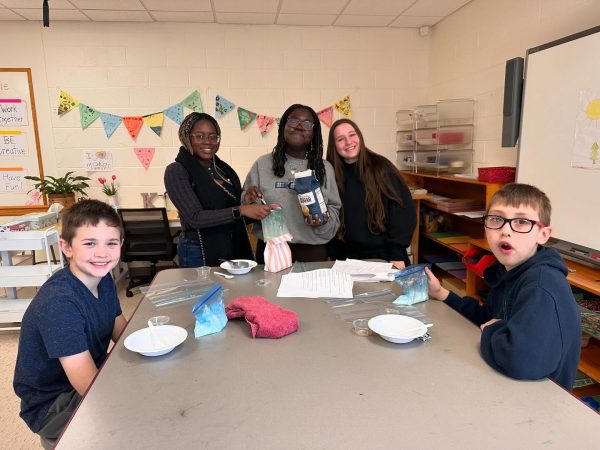
“I kind of saw myself in these girls’ faces because I had a similar experience back in primary school in Nigeria.”
Although this visit may have been the first trip the club has gone on, it will not be the last. After the good memories and inspiration gained from this activity, Alade has more plans for the Engineering Club. “We do hope to have more community service events like this,” Alade said. The club also has plans to visit Pennsylvani
a State University in March in order to meet STEM professors and possibly take a tour of the lab facilities. With more Engineering Club activities and trips, Alade said that she hopes the Engineering Club will play a leading role in expanding the STEM education at Grier.
By showing young girls that STEM is a space where they belong, the Engineering Club hopes to spark a passion that will carry girls through high school, college, and beyond in their future careers.
